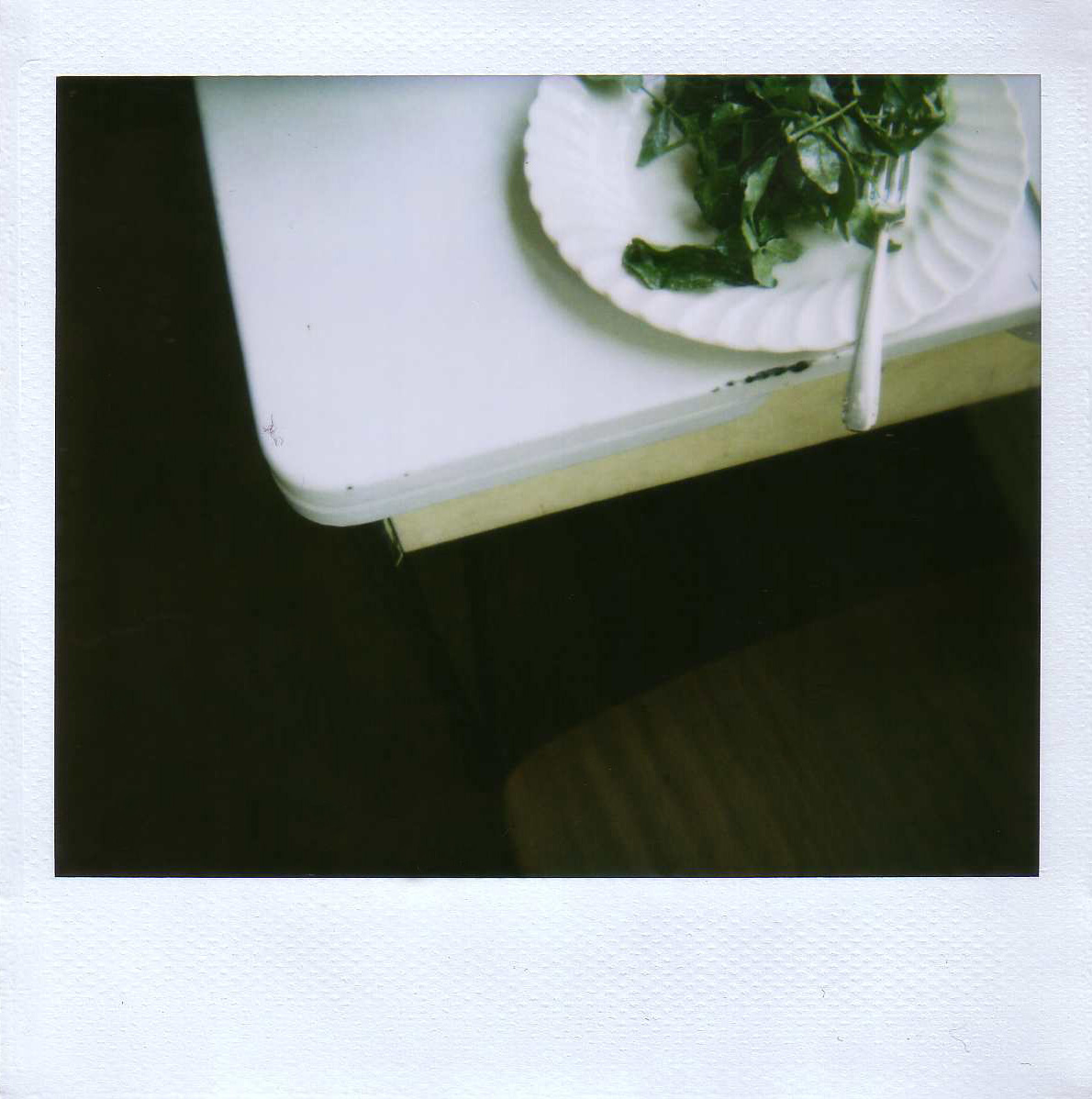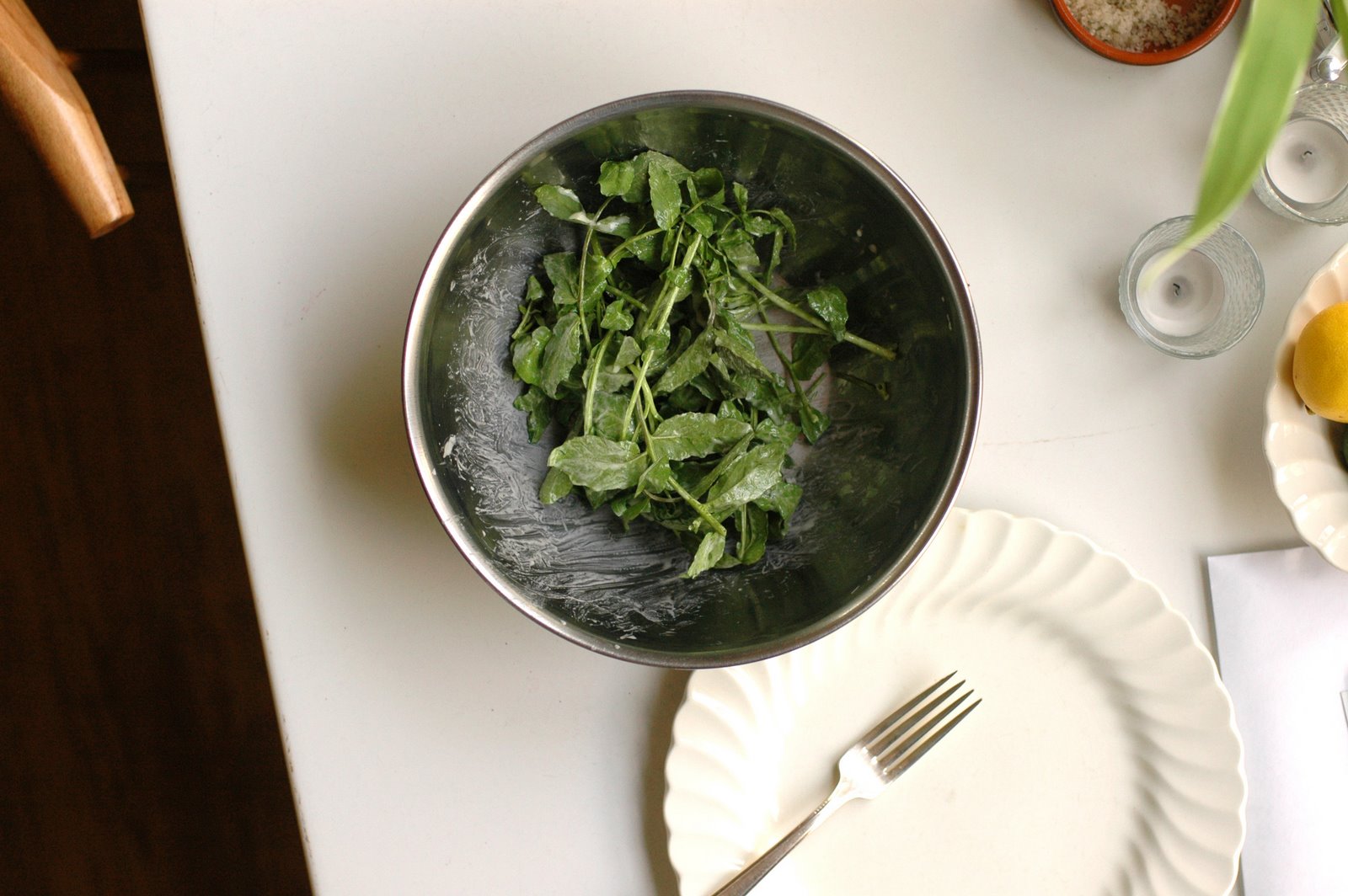A starting place
I got some very exciting news on Saturday, and before I do anything else, I can’t help but share it: namely, that my book is available for pre-order on Amazon! A very kind reader of this site wrote to tell me (Thank you, Emily!), and apparently she’d heard because Amazon sent her a notification e-mail. Maybe this happened to others among you? Either way, I promised to let you know when you could pre-order it, so here I am. Somebody asked me the other day about this pre-order thing, and why anyone would want to pre-order something, so in case you wonder, here’s the lowdown: Amazon gives a 5% discount on all pre-ordered books. So you save a bit of money, and when the book is released, it just shows up at your door, ta da, with no further prompting. It’s a nice system.
Anyway, what a lovely, crazy world this is. My. Book. I can hardly believe it. Especially because the manuscript is lying in a very messy heap next to my desk, and I am still knee-deep in the process of revising it. But it’ll be done soon. Yes. It. Will.

And in the meantime, from atop this pile of papers – which does, incidentally, make for a nice vista – I’m starting to notice the subtle hints of spring that are cropping up everywhere. Like asparagus, for one, and soft new greens. After a winter of relying on heartier things, we’re finally starting to eat salads again, and it feels so good. Yesterday, for instance, at the Ballard farmers’ market, we bought a bag of wild watercress from Foraged and Found Edibles. If you haven’t seen wild watercress before, it’s delicate and spindly, with a lightly bitter flavor that sits halfway between cultivated watercress and arugula. It’s absolutely delicious. (The guy who sold it to us wasn’t bad, either. I think he used to work at Whole Foods. I remember noticing him a long time ago, in the dark days before I met Brandon. Oh, such dark days.)
Brandon and I first tasted wild watercress, or something close to it, in Paris this spring, at Bistro Paul Bert. Brandon ordered it as a first course, and it came to the table as a warm salad, doused in a dressing spiked with mustard and cream and topped with a poached egg. (It was supposed to come with lardons, too, but because Brandon doesn’t eat meat, they kindly left them out.) It was a rich dish, to be sure, but the green, sweetly grassy flavor of the watercress cut cleanly through the yolk and cream, and needless to say, when we saw wild watercress at the farmers’ market, we had to have it again.
So, working from memory, Brandon cobbled together a dressing. (He is, for the record, much better at that sort of thing than I am.) And though it isn’t identical to what we ate in Paris – we serve ours at room temperature, for one thing – it’s delicious. It has all the qualities of a traditional vinaigrette, smartened with the smooth, dairy softness of cream. That makes it especially good for greens with a bitter edge, or for almost anything that needs a touch of mellowing, flavor-wise. And so today I sat down to tell you about it, and about wild watercress. And then, in the process, I read some very scary things about the latter, such as this, after which I sat at my desk and rocked back and forth for a while, moaning softly, and though feeling quite fine, wondered if I should call myself an ambulance.

So. I don’t believe I’ll be eating wild watercress again, or not raw, anyway. Or not without trepidation, at the very least. But this dressing is far too tasty, and too versatile, to be tossed away just because of that. In fact, as we ate it, we thought of all sorts of other things that it would be good on, from other bitter greens to cucumbers and celery. It’s just a starting place, really, for so many things. Including, come to think of it, spring.
Cream Vinaigrette
For the mustard here, we like Roland Extra Strong. It’s the brand we use for almost everything these days.
4 Tbsp. olive oil
3 Tbsp. heavy cream
2 Tbsp. white wine vinegar
1 tsp. Dijon mustard
About 1/4 tsp. pressed garlic
About 1/4 tsp. salt
Pinch of sugar
Whisk all ingredients well. Taste, and adjust as needed. Spoon liberally over any bitter (or bitter-ish) greens, such as watercress or arugula. Toss well. Top, if you want, with a poached egg, bits of bacon, or cubed ham.
Note: This vinaigrette will thicken considerably when chilled. Either pull it out of the fridge a little while before you need it, or zap it in the microwave for about 5 to 8 seconds, just to loosen it slightly.

